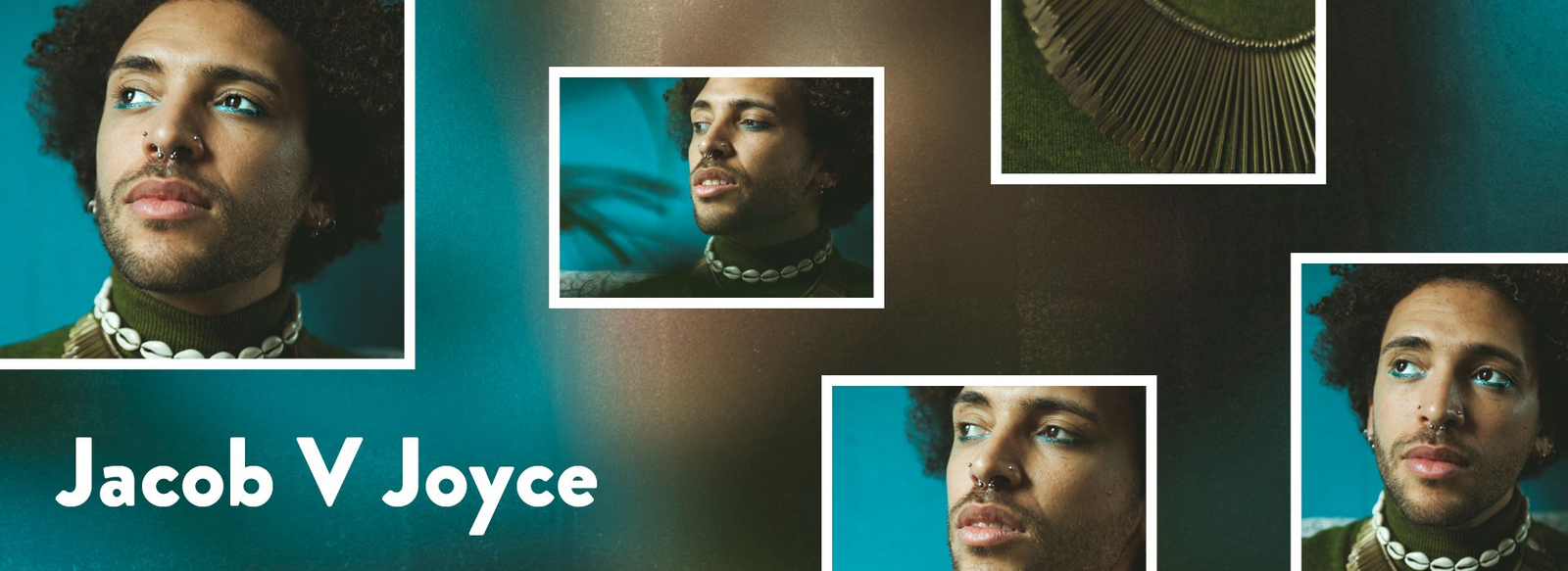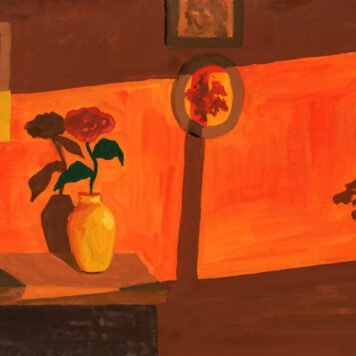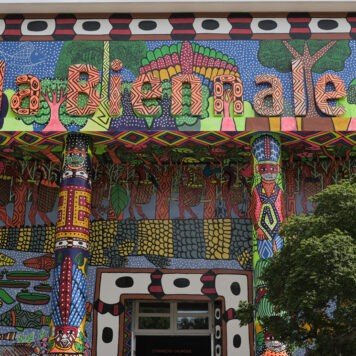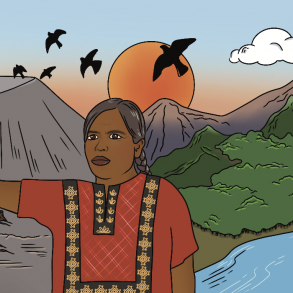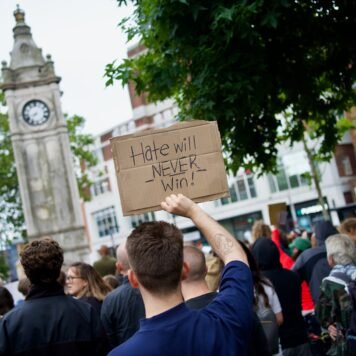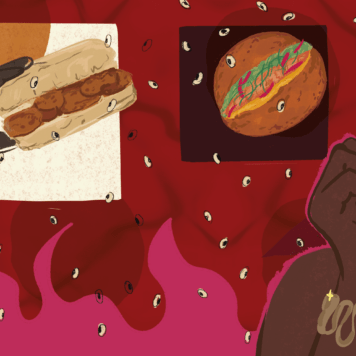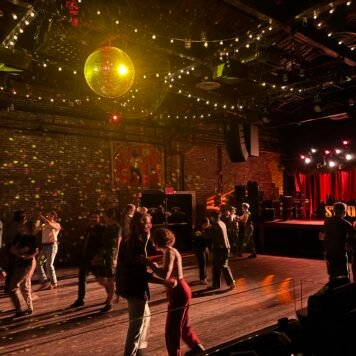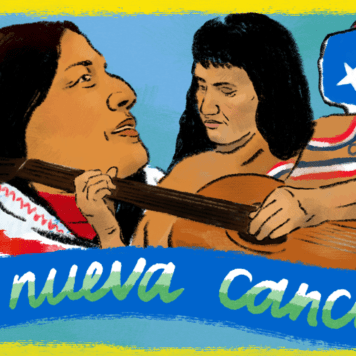Jacob’s commitment as an artist to decolonising narratives and using art as an accessible form of education, is presented large and in multicolour in Hammersmith. During the summer of 2019, Jacob led an arts project in Marcus Garvey Park; a civil rights mural illustrating the rich Black history in the borough. As Garvey said, “A people without the knowledge of their past history, origin and culture is like a tree without roots.” While this mural provides an explicit example of the way Jacob is championing the anti-colonial stalwarts of the past, they also nourish new, queer narratives through their other art forms. Be it queer, apocalyptic comics; facilitating workshops or singing in their “Anti-Colonial, D.I.Y., Queer-Feminist Afrofuturist Grunge/Punk Band” Screaming Toenail, Jacob creates change through the simple reminder that Black, queer art is the future – and the past.
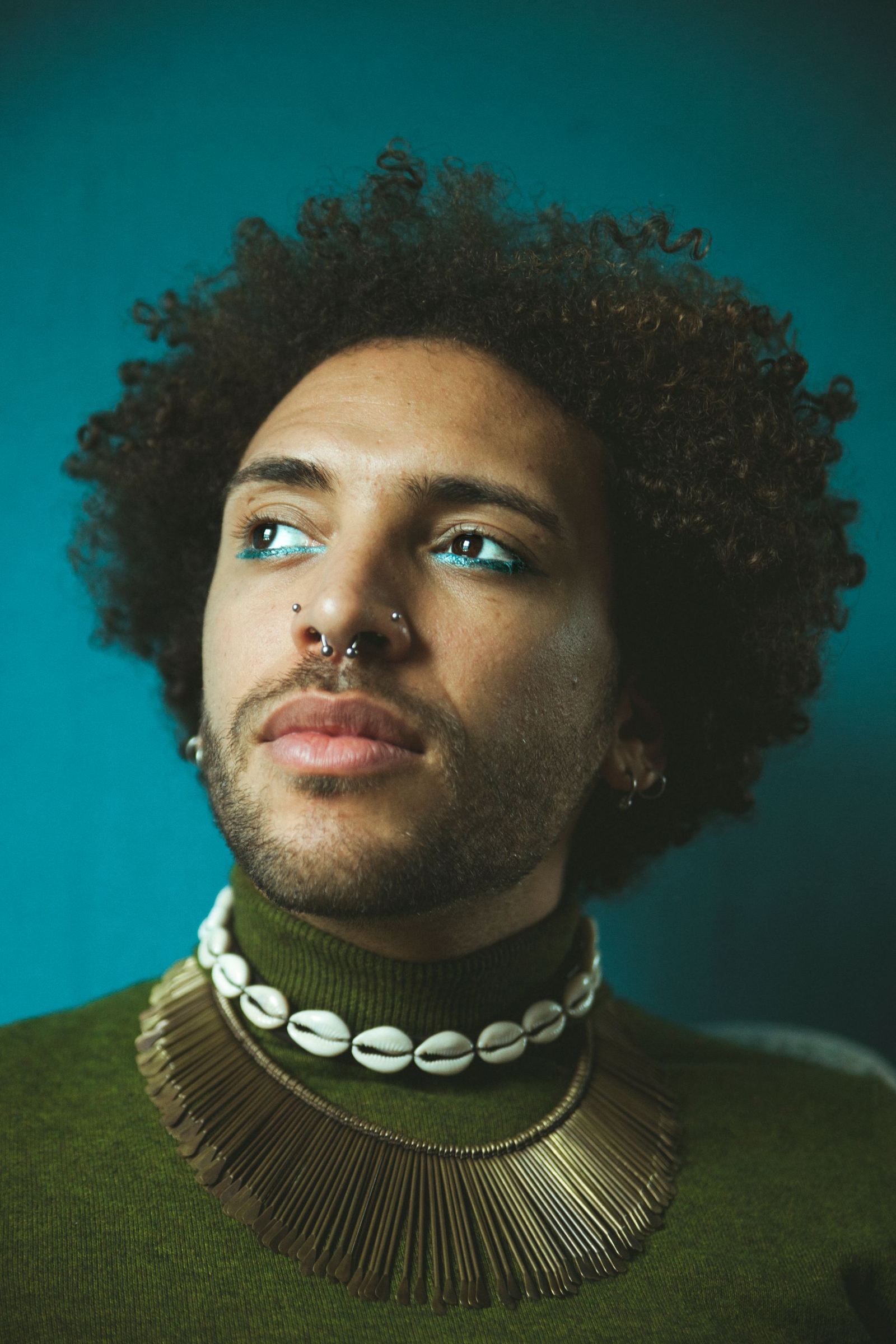
What does change look like in your industry?
I’d like to see more Black British artists given space to make the work they enjoy making. More access for young people, old people, disabled people, homeless people, all the marginalised non-white middle class types to become artists. I’d like to see art spaces owned and run by Black people where there is no expectation to make work about trauma, suffering or death. Maybe the thing I would like most is for the outcomes of fine art practices to become less industrialised.
In the words of Claudia Jones (Trinidadian activist and founder of Notting Hill Carnival), “a people’s art is the genesis of their freedom.”
I truly believe that art has so much potential for healing and growth beyond its value as a commodity and I wish that more people had the support to experience that.
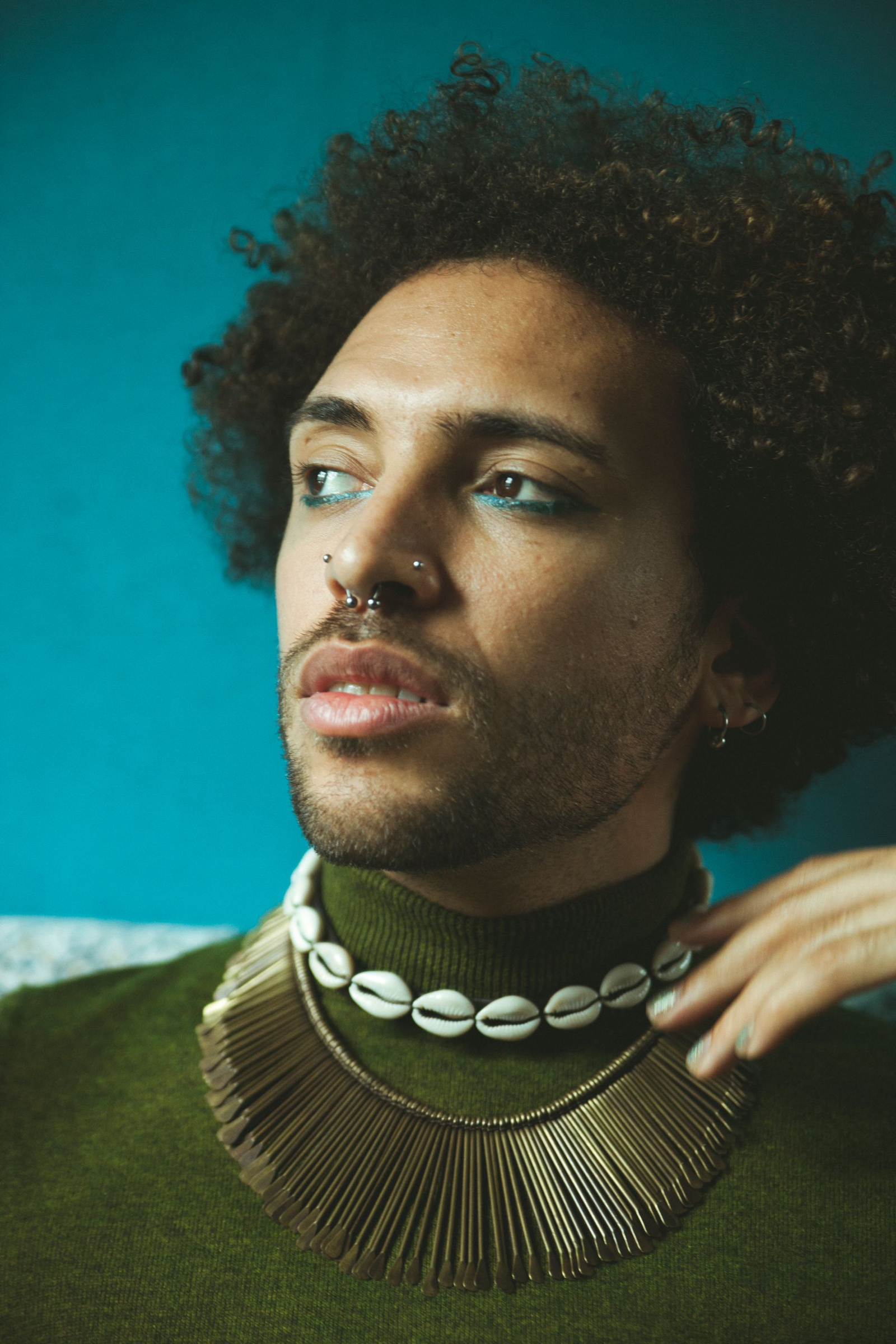
What changes are you contributing to in your work?
I hope that my work, murals/comics/music and workshops, make people feel grounded. Recently I’ve been seeing my practice as a form of de-extra-terrestrial-isation, (sorry for using potentially inaccessible and overly academic language – but this is a term I have come up with to best describe my art making process.) It’s a process of interweaving new branches of art and activism with the roots that nourished them, remembering that black and queer people have always been here. We are not aliens. We are not incidental. Even when our inclusion is an afterthought we exist before the invitation. CLR James describes the diasporic archive as being ‘in but not of Europe’ and I guess my work is trying to show people that there is no past, present or future of Europe without the labour and joy of the Black queer working class.
What are some of your biggest successes in 2019?
This year has been wild. The giant radical Black women’s history mural I painted for Transport For London in Marcus Garvey Park has got to be the craziest thing I’ve done this year. I was so stressed about it for the eight months of planning, but when we started painting it the process was just pure joy. I had the pleasure of working with an amazing team of Black artists who really brought their own style into the final mural. We worked with local young people and the launch was soundtracked by Pan-African local legends Taxi PataPata along with poets Belinda Zhawi & PJ Samuels. So much happened this year, too much to talk about here. Working with (OPAL) Out Proud African LGBTI to make a publication of poetry and going to Trinidad to make art with LGBTQ charities as part of a Gasworks residency has definitely been the highlight. I still need to sit down and archive everything properly, but if you’re interested in finding out more my Instagram is probably the best online record. @Jacob Joyce
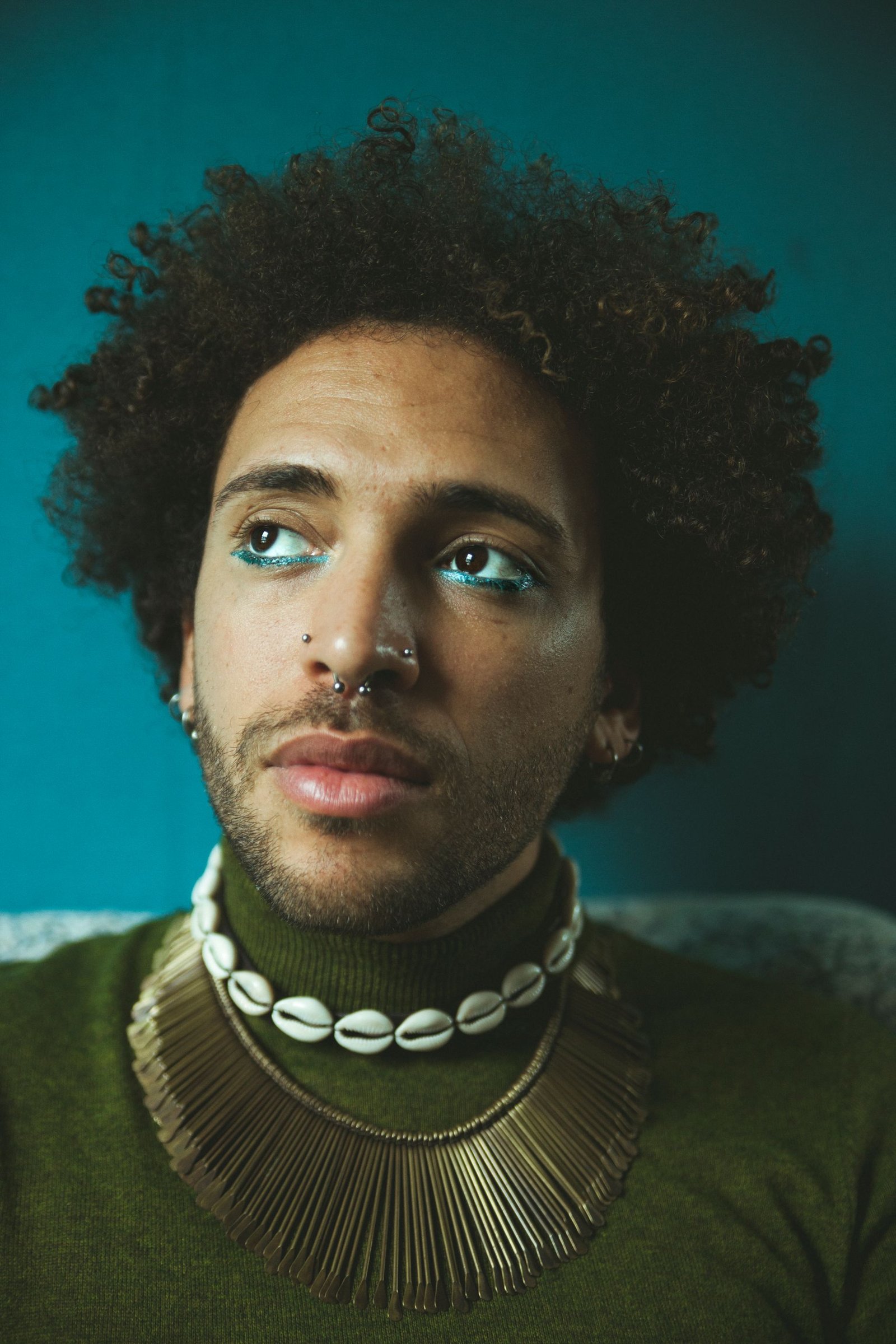
What is the importance of grassroots activism in implementing change at a higher and broader level?
The higher you get into art and activist institutions the more bound by neoliberal, tokenistic bureaucracy you become. Things become about maintaining the institution, the funding, the building, the audience and less about the actual change you’re trying to make. No shade to the NGOs and big art institutions I have worked for this year but I really see allot more lasting changes happening at a grass roots level. Maybe thats because I’m not some one who understands the complex inner mechanisms of government policy but seeing OPAL (Out Proud African LGBTI) support and win so many asylum cases for queer African asylum seekers feels so concrete. All activism has to at the very least start at the grassroots level.
What’s next? What are your goals for 2020?
I have this comic called QTIPOCOLYPSE that I’d like to finish and put out. It’s about a sustainable future that queer people of colour have built with assistance from their ancestors and nature. I would like to publish it with support from a publisher. It’s really weird, because I have self-published a bunch of comics and illustrated books that sell well in shops and online – but being your own publicist, agent, stockist, graphic designer as well as making the books means that I get kind of anxious about putting new stuff out. I love being a DIY book maker, probably because I’m an anal virgo who wants everything to be just how I envision it, but it’s time to admit that I would like support. My work is currently on sale at The Black Cultural Archives, Housmans Books, Diverse in Brixton and Review in Peckham – and I am so grateful to the people who continue to buy and support it. In the spirit of Octavia Butler’s Afrofuturist premonitions let me say this: 2020 will be the year that my graphic novels are published. 2020 will be the year that artist and activist Rudy Loewe’s graphic novels are published. 2020 will be a year that many Black queer artists find the support, space and time they need to make the work that brings them and their audiences joy. So be it. See to it.
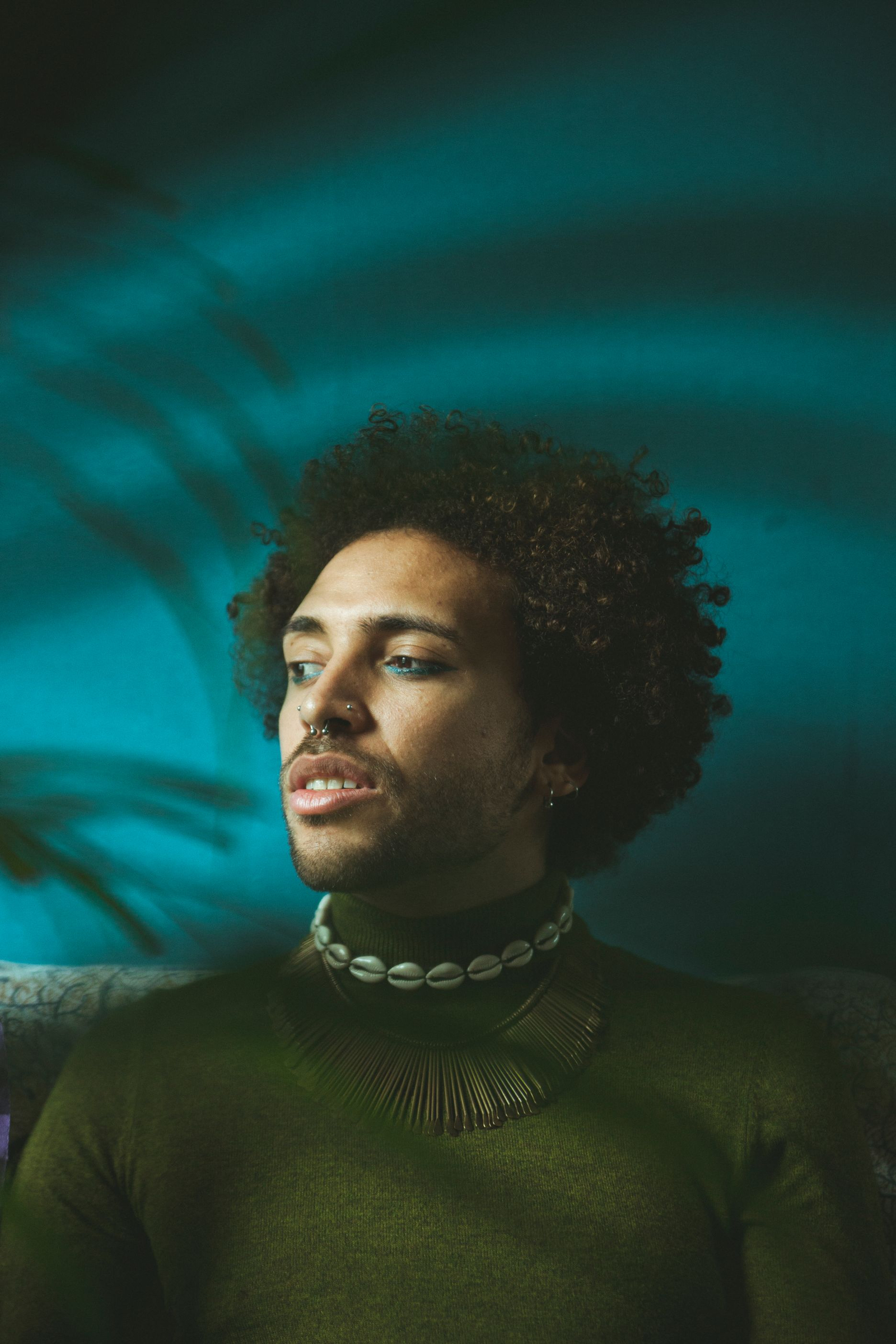
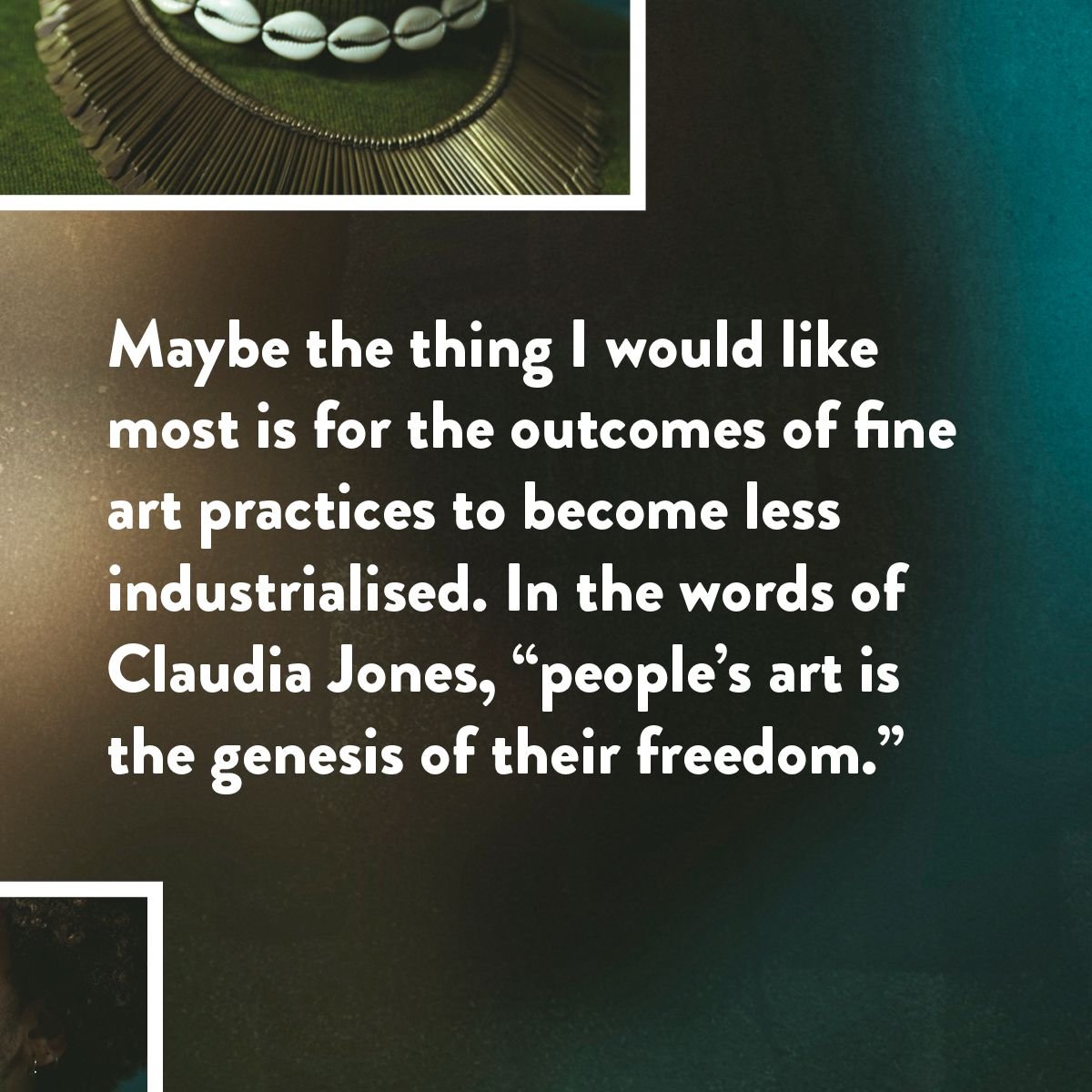
See more of Ines’s photography on her instagram
Interview carried out by Hannah Robathan and Isabella Pearce, co-founders of shado

